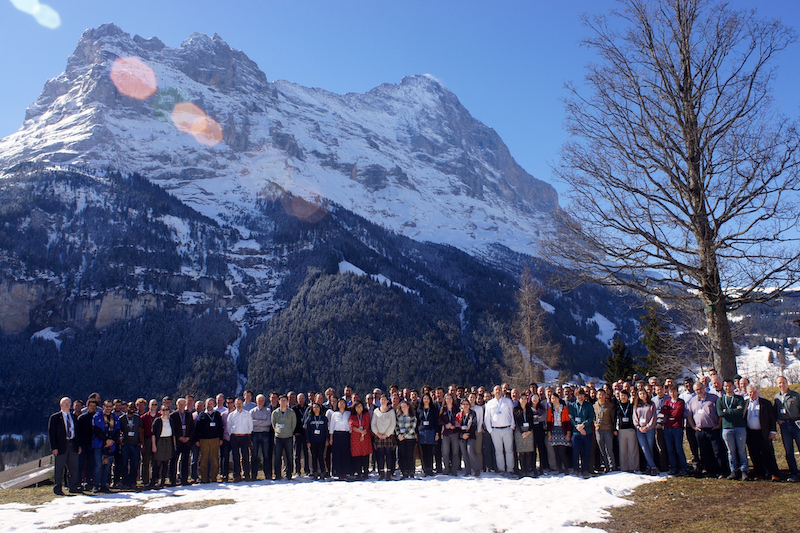The precision radial velocity community is pushing spectrometer hardware to new and ever more exciting stability levels that support a velocity precision of ~1 m/s in the near-infrared, and sub 50 cm/s in the visible. These developments must be backed by increasingly sophisticated software algorithms and data reduction pipelines that can realize the potential of the new instruments. I will...
An iodine cell placed in the light path of a high-resolution spectrograph can
act as a simultaneous wavelength and point-spread-function fiducial which
enables precise radial velocities to be extracted from un-stabilized or
slit-fed spectrographs. This technique enabled the detection and
characterization of many of the first known exoplanets and played a significant
role in establishing the...
Thanks to a number of technical developments, the precision of RV surveys has been steadily improving. While the spectrographs of fifty years ago yielded RVs with errors in excess of 1 km/s, today's state-of-the-art stabilised spectrographs boast 10 cm/s precisions. Yet very little has changed in the way individual RVs are actually extracted from observed spectra: i.e., cross correlating...
